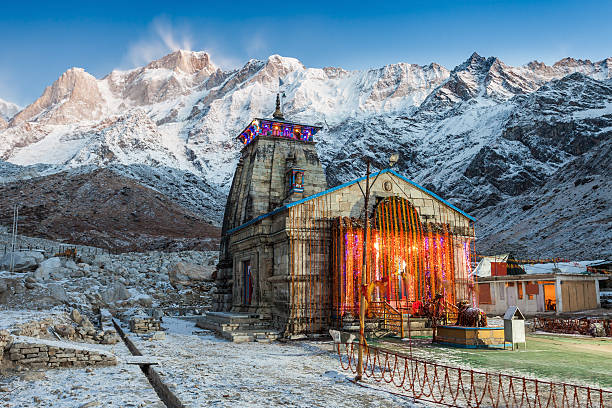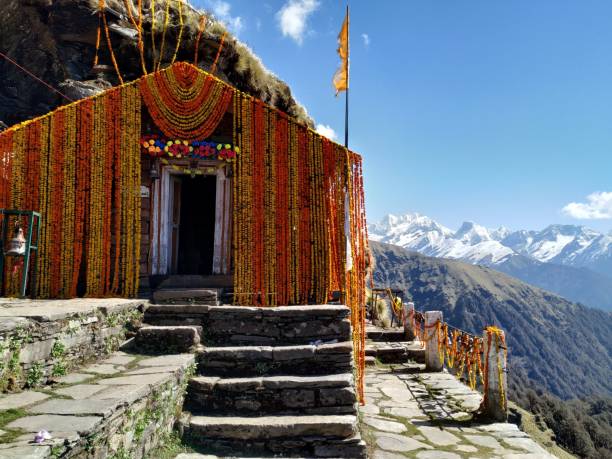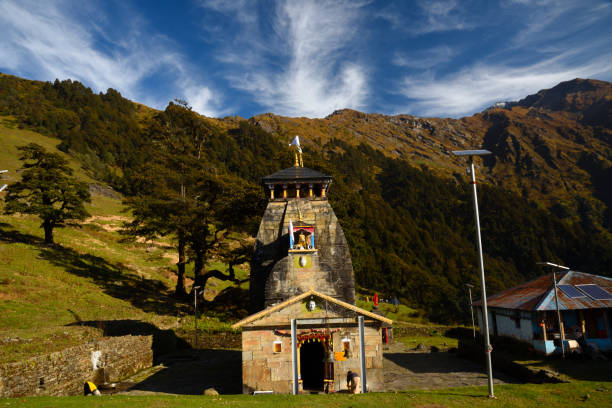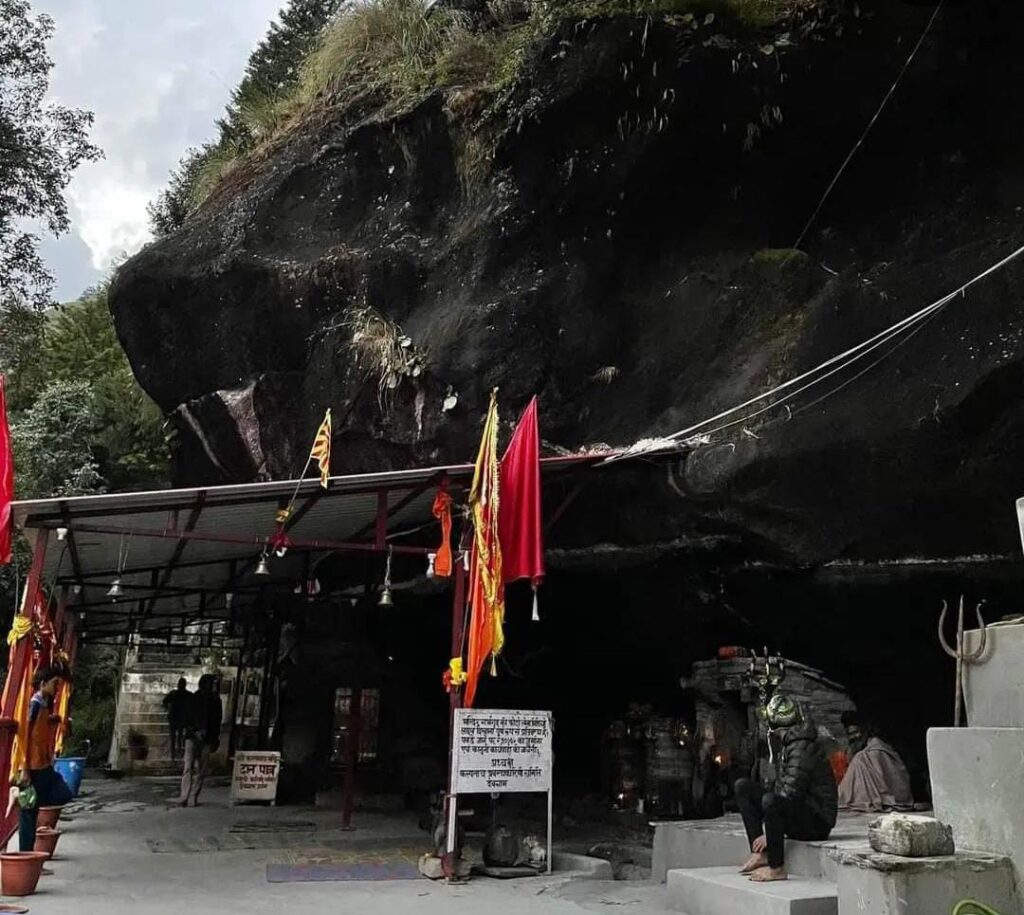The Panch Kedar refers to a group of five ancient temples dedicated to Lord Shiva, each with its unique charm and significance.
The Story of Panch Kedar:
The story of the Panch Kedar is deeply rooted in Hindu mythology. According to the Mahabharata, after the great war at Kurukshetra, the Pandavas sought the blessings of Lord Shiva to atone for the sins of fratricide and destruction. Lord Shiva, however, eluded them and took refuge in different forms in the Himalayas. The five places where his body parts are believed to have appeared became the Panch Kedar temples.
Introduction: Panch Kedar yatra
Nestled in the lap of the mighty Himalayas in the Indian state of Uttarakhand lies a sacred yatra route that has been attracting devotees and trekkers alike for centuries – the Panch Kedar yatra . The Panch Kedar refers to a group of five ancient temples dedicated to Lord Shiva, each with its unique charm and significance. This spiritual journey takes you through some of the most picturesque and challenging terrains in the Himalayas, offering not just religious experiences but also an opportunity to connect with nature in its purest form.
1.Kedarnath - The Journey Begins:

The Panch Kedar yatra often commences with the renowned Kedarnath Temple. This temple is the holiest of the five and is dedicated to Lord Kedarnath. Perched at an altitude of 3,583 meters, it’s famous for its stone lingam, which is believed to be the hump of Lord Shiva.
2.Tungnath - The Second Stop:

Tungnath is the world’s highest Shiva temple, located at an elevation of 3,680 meters. The trek to Tungnath is a mesmerizing experience, offering breathtaking views of the Himalayan peaks. Tungnath is known for its peaceful ambiance and is often visited before or after Kedarnath.
3.Rudranath - The Enigmatic Face:

Rudranath, the third destination, is dedicated to the face of Lord Shiva. Located at an altitude of 2,286 meters, the temple is set amidst tranquil meadows and dense forests. The trek to Rudranath allows you to immerse yourself in the pristine beauty of the Garhwal Himalayas.
4.Madhyamaheshwar - The Navel of Shiva:

The fourth temple, Madhyamaheshwar, is associated with the navel of Lord Shiva. Situated at an altitude of 3,497 meters, it’s surrounded by snow-capped peaks and lush green valleys. The journey to Madhyamaheshwar involves trekking through wildflower meadows and forests.
5.Kalpeshwar - The Final Destination:
Kalpeshwar, the last of the Panch Kedar, is believed to be where Lord Shiva’s hair appeared. It’s unique in that it’s an underground cave temple. The temple is located at an altitude of 2,134 meters and is a serene place for meditation and reflection.
Conclusion:
The Panch Kedar yatra refers to a group of five ancient temples is more than just a journey to these ancient temples; it’s a voyage into the heart of the Himalayas, rich in spirituality and natural beauty. It’s a test of one’s physical and mental endurance as well as a path to self-discovery and spiritual awakening. Whether you’re a devout pilgrim or a nature enthusiast seeking adventure, the Panch Kedar offers an unforgettable experience in the majestic and awe-inspiring setting of the Garhwal Himalayas.
- You might be interested in reading this post as well
- Best tourist pleace in dehradun
Frequently Asked Questions :
The Panch Kedar yatra is significant because it is believed to be a way to seek the blessings of Lord Shiva and atone for past sins. According to Hindu mythology, the Pandavas from the Mahabharata sought the divine forgiveness of Lord Shiva by visiting these five temples.
The Panch Kedar yatra typically starts at Kedarnath, which is the holiest of the five temples. Pilgrims often begin their journey from here and then proceed to the other four temples in the following order: Tungnath, Rudranath, Madhyamaheshwar, and Kalpeshwar.
- Kedarnath: 3,583 meters
- Tungnath: 3,680 meters
- Rudranath: 2,286 meters
- Madhyamaheshwar: 3,497 meters
- Kalpeshwar: 2,134 meters
The best time for the Panch Kedar pilgrimage is during the summer months, typically between May and June, and then again in September and October. The weather is relatively stable during these periods, and the trekking routes are accessible.
The opening dates and closing dates of the Kedarnath Yatra are April 25, 2023, and November 14, 2023, independently
No, the Char Dham temples are closed for the winter season to ensure the safety of pilgrims and temple staff. They typically reopen in the following spring, so visiting during the winter months is not possible

